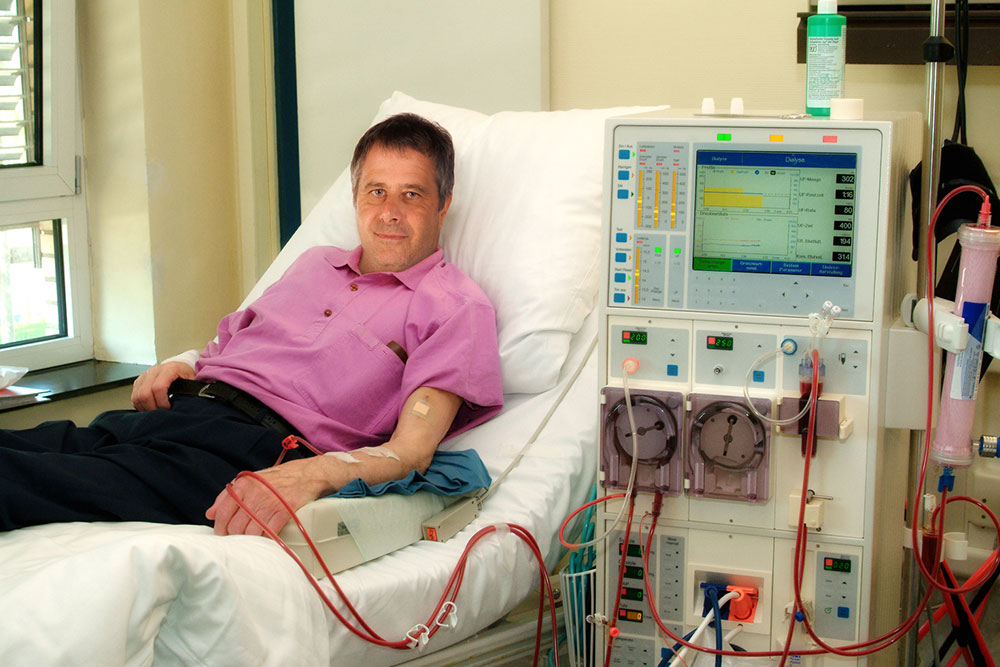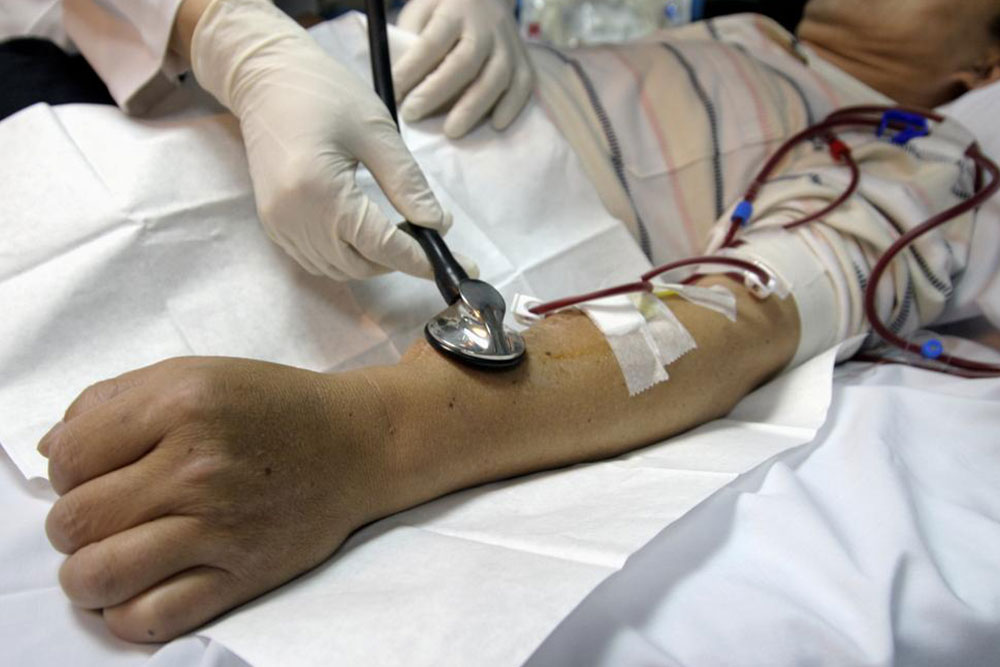Understanding Kidney Dialysis: Essential Facts and Treatment Options
This article offers a comprehensive overview of kidney dialysis, highlighting its critical role in managing severe kidney failure. It covers the different types of dialysis, symptoms of kidney issues, and the importance of early detection. Understanding these facts can help patients make informed decisions about treatment options, improving outcomes and quality of life for those with kidney disease.

Important Facts About Kidney Dialysis and Its Life-Saving Role
Facing unforeseen health issues may lead individuals to consider treatments they hadn't planned for. Kidney dialysis is often a critical, last-resort option for severe kidney failure. It functions by removing waste products and excess fluids when the kidneys lose their ability to do so naturally. Known as Renal Replacement Therapy (RRT), dialysis is essential for prolonging life in cases of advanced kidney dysfunction. Without it, waste buildup can quickly become deadly, highlighting its importance in urgent medical situations.
The kidneys' primary job is to eliminate toxins and regulate fluid levels within the body. They also produce substances crucial for metabolism, which dialysis attempts to replicate. Dialysis becomes vital when kidney function drops below 10%, according to recent studies, affecting over 14% of the population with various kidney diseases, underscoring the need for prompt treatment.
The kidneys filter around 150 quarts of blood daily. When failing, toxins and waste accumulate rapidly, risking severe conditions like poisoning or coma if untreated. Dialysis prevents dangerous toxin buildup by cleansing the bloodstream during emergencies.
Types of Dialysis
There are three main methods: Intermittent Hemodialysis (IHD), Peritoneal Dialysis (PD), and Continuous Renal Replacement Therapy (CRRT). Each serves different patient needs and conditions.
Intermittent Hemodialysis
This technique involves drawing blood outside the body through a machine that filters it before returning it. It requires a surgically placed catheter and is typically performed three times weekly, either in hospitals or at home.
Peritoneal Dialysis
This approach uses a sterile solution inserted into the abdominal cavity. Waste materials diffuse into the solution and are drained out, often overnight at home, offering greater flexibility.
Continuous Renal Replacement Therapy
Used mainly in intensive care units, CRRT is a slow, ongoing process that removes fluids and toxins gradually, better suited for critically ill patients.
Though dialysis cannot fully replicate healthy kidney functions, many patients lead functional lives with proper management, including certain diet and activity adjustments.
Symptoms of kidney failure develop gradually, making early detection challenging. Signs include frequent urination, fatigue, nausea, blood in urine, skin issues, swelling, and breathing difficulties. Causes range from chronic illnesses to sudden injuries, often resulting in anemia due to reduced erythropoietin production. Early diagnosis and treatment are crucial for better outcomes.
The kidneys are vital for maintaining internal stability, controlling water balance, and regulating blood pressure. Dysfunction leads to disruptions in homeostasis. If you notice symptoms mentioned above, seek medical advice promptly for assessment and care.


